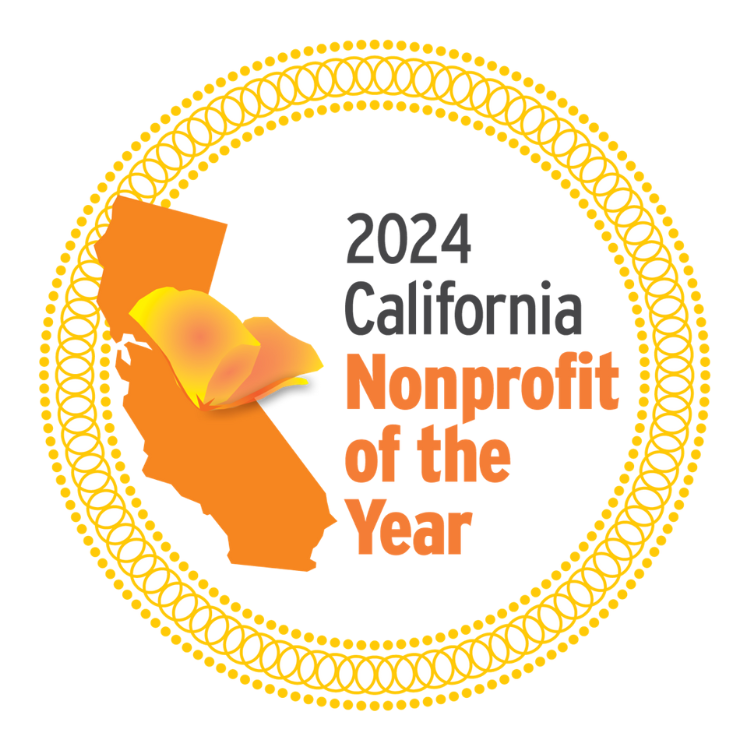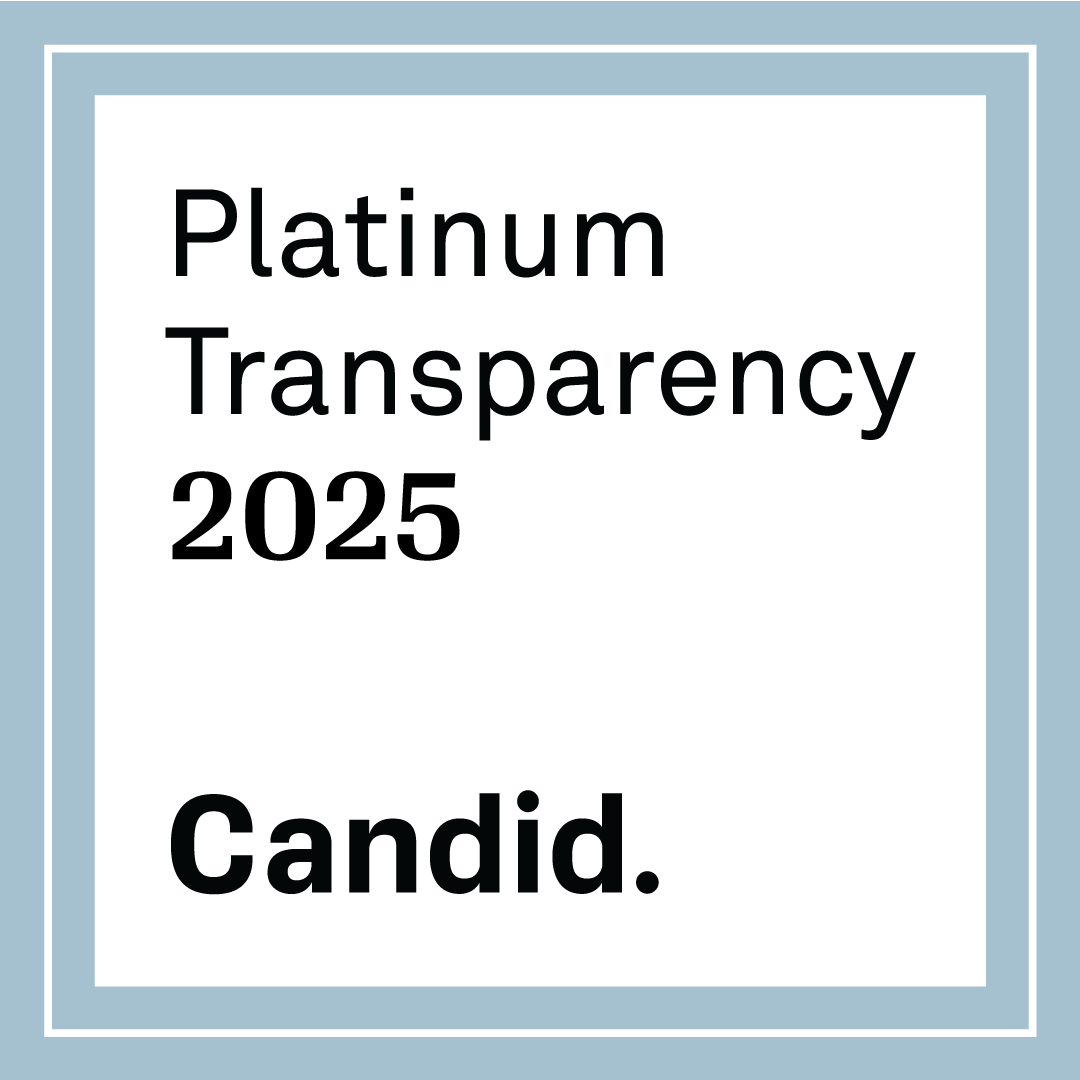a.k.a. the Mojave Groundwater Bank project
The Cadiz Valley Water Conservation, Recovery, and Storage Project, publicly known as the Cadiz Water Project, is a project proposed by Cadiz Inc. to provide residents of Southern California with an additional water source. The project is designed to pump groundwater from an aquifer found in the Cadiz and Fenner Valleys located in the Mojave Desert near the small town of Cadiz. The project proponents claim it will create jobs and economic stimulation for local communities; however, the lack of transparency by the company leaves out its destructive consequences.
The pumping of this aquifer will be done at a rate 1.25 times the replenishing rate, harming the desert ecosystems, Indigenous communities, farmers, and rural communities that are dependent upon this water source for survival. The projected outcome of this project will leave California taxpayers financially responsible. As stated by California State Controller Malia Cohen, “We have no assurance that the project, which appears to be the only potential revenue source for this company, will ever come to fruition, and so I’m not willing to gamble with taxpayers’ money.”
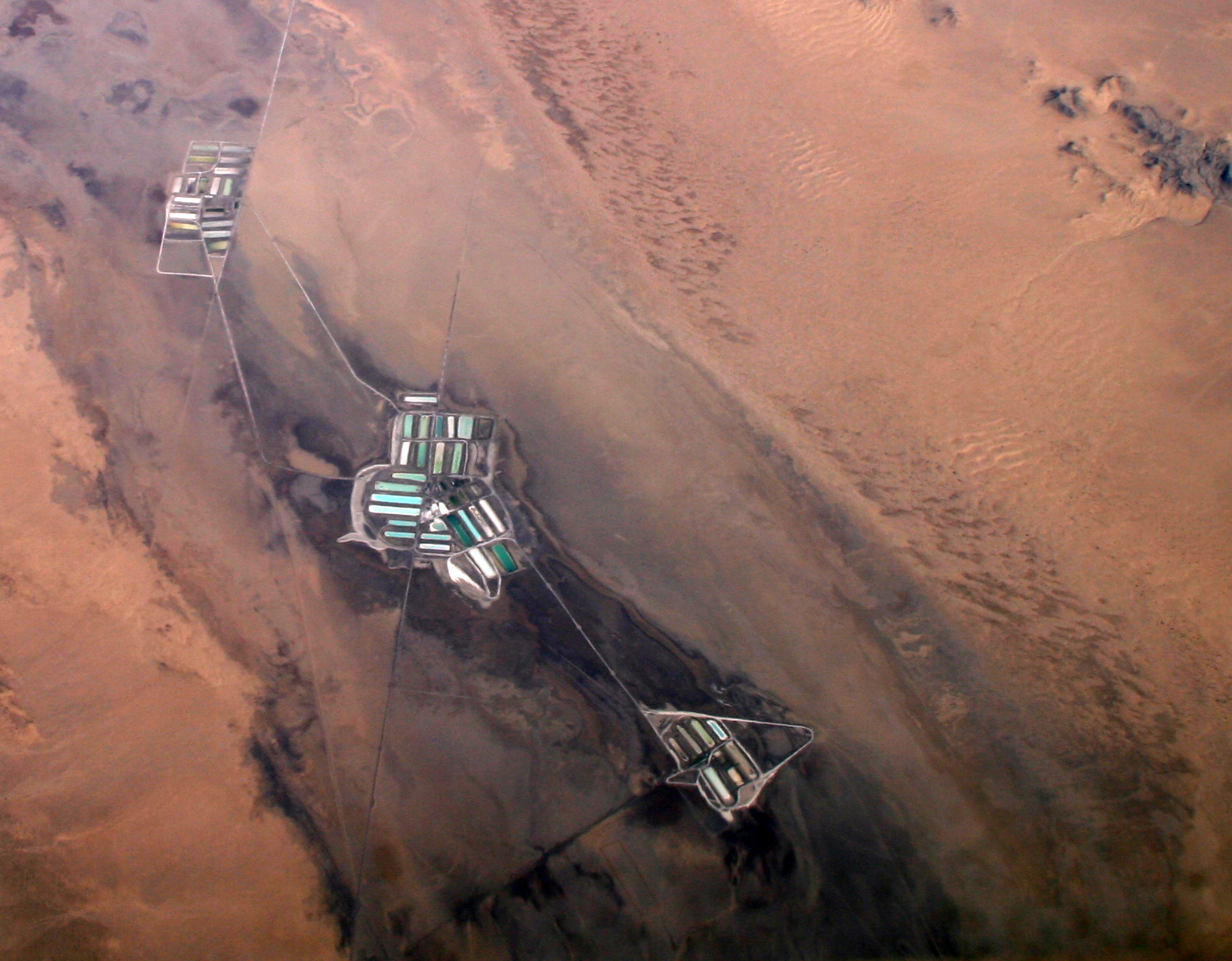
Cadiz salt evaporators in Bristol Dry Lake (Credit: Doc Searls)
History
The Cadiz Water Project was first proposed in the 1990s by Cadiz Inc. as a plan to store excess Colorado River water in the Cadiz aquifer and withdraw it during dry years. The goal was to support the Metropolitan Water District’s (MWD) urban supply in Southern California. In 2002, MWD rejected this plan due to environmental, legal, and scientific concerns. With a new focus on supplying water to Southern California communities, it continued to face opposition from politicians, notably Senator Dianne Feinstein, as well as environmental groups, which led to regulatory and legal battles.
In 2017, the Trump administration eased federal restrictions, such as the ability to bypass critical reviews. Briefly giving the project momentum. Governor Gavin Newsom halted the momentum in 2019 by imposing stricter groundwater regulations, such as the Sustainable Groundwater Management Act, which aimed to stop groundwater overdrafts and bring basins to balanced levels of pumping and recharge within 20 years. That same year, the California legislature passed SB 307, which gave the State Lands Commission the authority to deny the project. In 2021, the Biden administration restored environmental reviews, further delaying progress.
In December 2024, the California Lands Commission unanimously rejected Cadiz’s request for a pipeline lease of its Northern pipeline. In 2025, the project was rebranded as the Mojave Groundwater Bank, stating its goal is not only to provide water to Southern California but also to Arizona and the broader Colorado River Basin. To complete this task, the company would need to operate a 350-mile pipeline system. For the project to progress, Cadiz must comply with California Water Code Section 1815, which requires Cadiz to demonstrate that the project will not harm the desert environment or Indigenous communities. They have been unsuccessful thus far. Colorado River operating agreements that expire on December 31, 2026. The future of the Mojave waterbank stands in limbo.
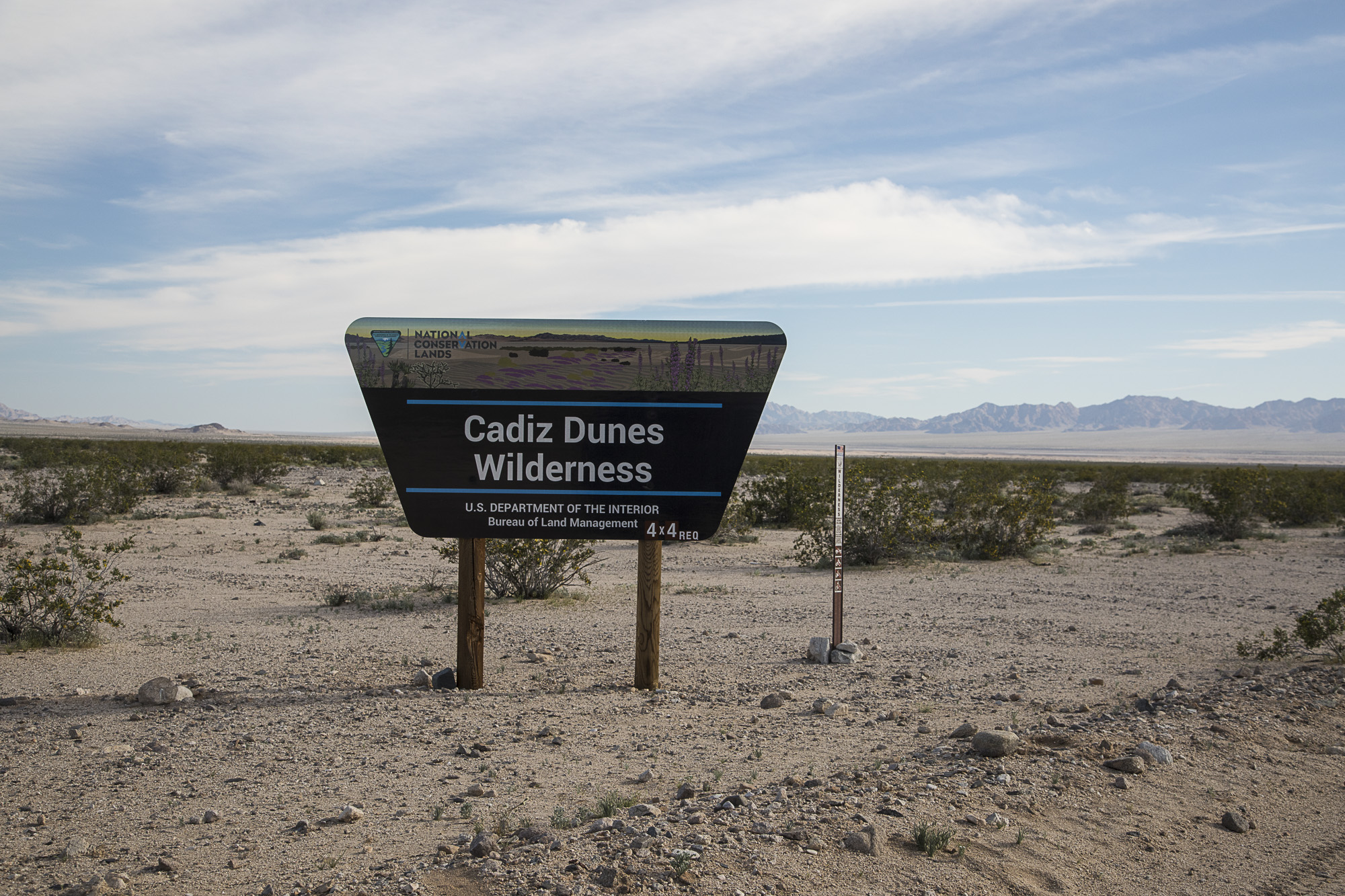
Next Steps for the Project
Cadiz Inc. is continuing its efforts to implement its groundwater project across Southern California, with a current focus on the Barstow and Apple Valley region in hopes of securing local investment. The company is also exploring a potential partnership with Arizona, promoting the project as a solution to enhance drought resilience in the Colorado River Basin. However, these proposals remain speculative, as Cadiz has yet to obtain the necessary approvals from the California State Lands Commission. The project faces significant hurdles, including a lengthy list of unmet regulatory requirements.
Coastkeeper’s Role
Orange County Coastkeeper has been a vocal opponent of the Cadiz Water Project, advocating for the protection of California’s groundwater and desert ecosystems. We have worked alongside other environmental groups to challenge the project through lawsuits, public awareness campaigns, and policy advocacy. The project threatens fragile desert springs, wildlife habitats, and long-term water sustainability. In our effort to oppose this project, we have supported state-level regulatory efforts, such as Governor Newsom’s groundwater protections, and backed legal challenges questioning the project’s environmental impact assessments. Our efforts align with broader environmental coalitions working to prevent the over-extraction of water from the Mojave Desert.

Community rally against Poseidon’s failed desalination project
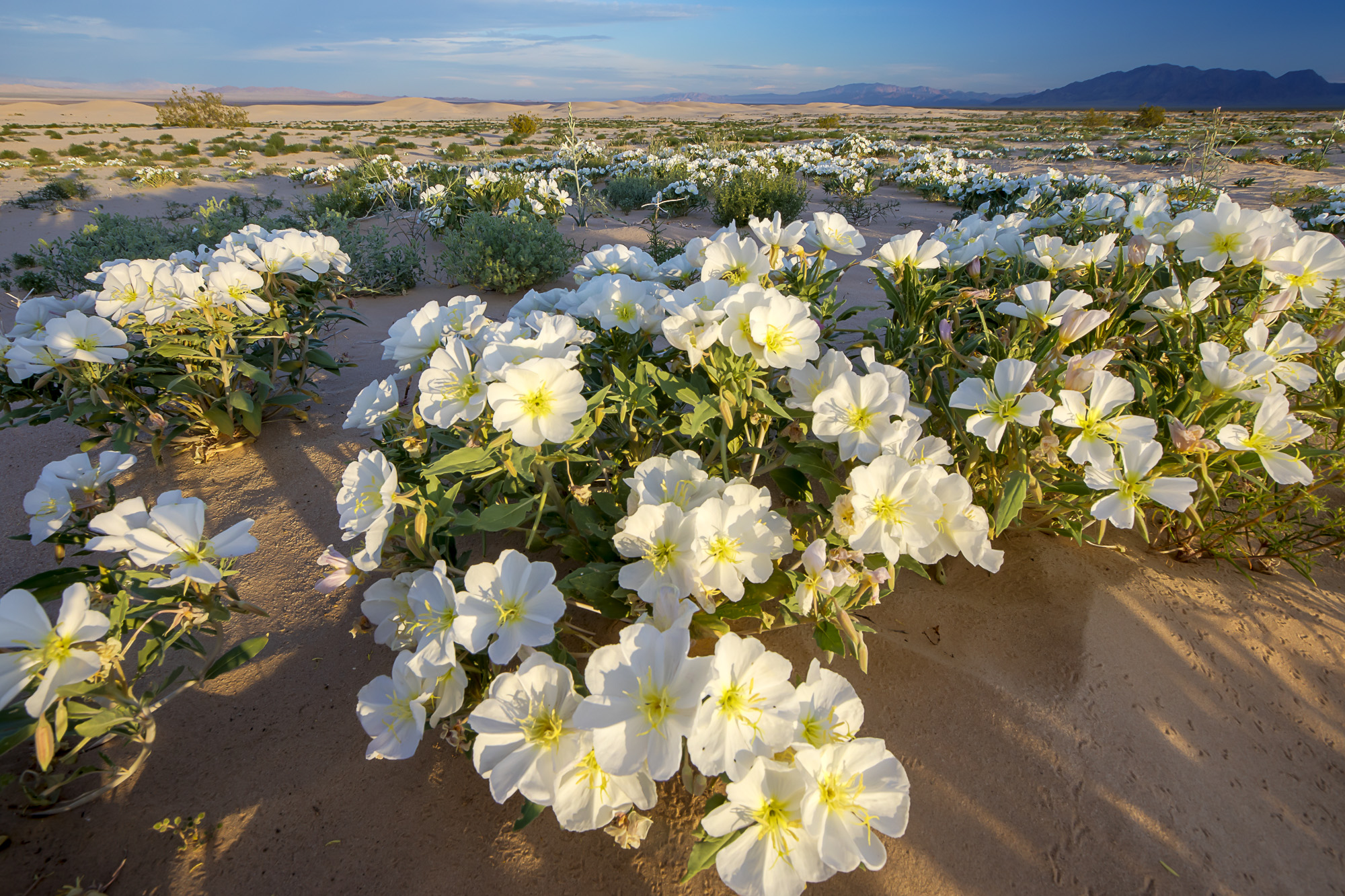
Wildflowers at Cadiz Dunes Wilderness
How You Can Help
You may be wondering how you can help fight against the Cadiz Water Project. Here are some meaningful ways to make a difference:
Knowledge is power, and staying informed on the decisions of your water district is an excellent first step, especially if you live in a water district that supports Cadiz, such as the Santa Margarita Water District.
Do not underestimate the power of direct action. Action can be taken by calling or emailing your local representative to express your concern over the decisions being made and to request that they prioritize sustainable, community-centered water policies over corporate interests. Holding decision-makers accountable by following water policy updates and submitting public comments demands transparency for their actions.
Stay involved with Orange County Coastkeeper to receive future updates and ensure you are informed about upcoming developments and action campaigns.
References & Additional Links
- https://www.politico.com/news/2025/06/18/facing-colorado-river-crunch-trump-admin-eyes-socal-groundwater-00414098
- https://socalwatersierraclub.org/campaigns/cadiz/#posts
- https://www.biologicaldiversity.org/campaigns/Cadiz/index.html#
- https://socalwatersierraclub.org/cadiz-water-mining-project-falters-with-public-scrutiny-election-setbacks/
- https://mojaveproject.org/dispatches-item/the-trouble-with-cadiz/


